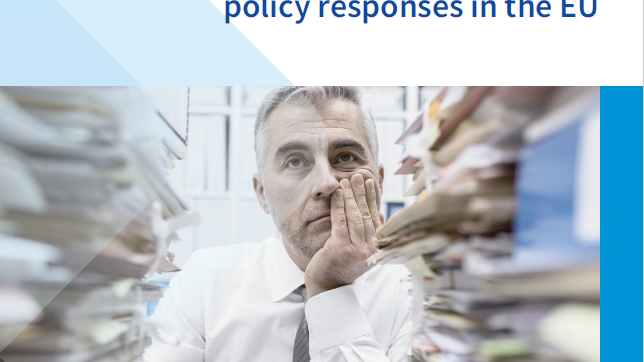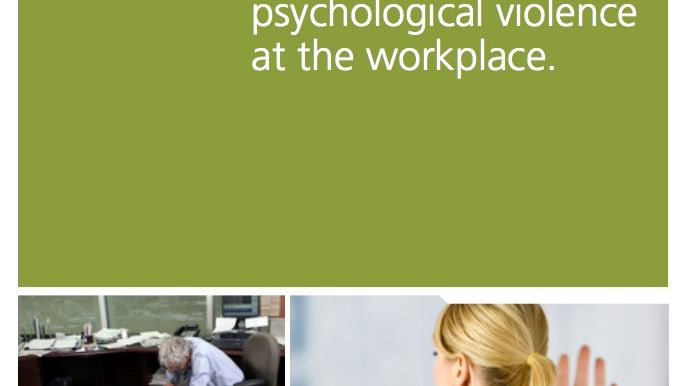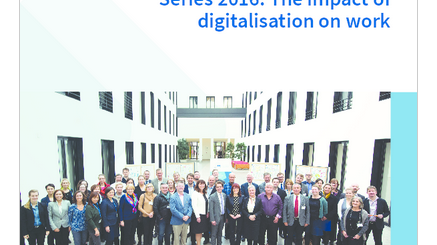
News -
Europe’s frayed ends: Understanding the challenges of 21st century burnout
The effects of burnout on workers can be severe; without detection and proper treatment burnout symptoms can last several years – impacting not just the health of individual workers, but also business success and broader economic performance. However, a lack of clear definition and understanding of burnout has resulted in a disparate and fragmented policy response at national level, with those affected experiencing varying levels of support in different parts of Europe.
The new Burnout in the workplace report draws on research by Eurofound’s Network of Correspondents to look at the extent burnout is experienced by workers in the EU, based on national research, and mapping where it is a considered a medical or occupational disease. It examines the work determinants associated with burnout and the effects of burnout, including psychosocial and physical work factors, work intensity and work organisation. The report also reviews national strategies and policies, the involvement of the social partners in the current debate, and preventive actions already in place.
Psychosocial risks such as heavy workload, long working hours and overtime undoubtedly trigger burnout. There are also risks linked to conflicts of ethics and values, role conflicts, low career prospects and low justice at work: a form of job insecurity whereby individuals no longer think they belong and make a difference in their company, but believe that their employer sees them as a tool.
Commenting upon release of the report, Eurofound Senior Research Manager Agnès Parent Thirion emphasised that exposure to high levels of risk for a long period will inevitably increase the possibility of burnout: “The way that we work can be adapted and organised in a different and better manner,” she said "instead of reacting after increases in workers experiencing difficulties, there should be more focus on prevention and combating some of the ill-effects of work - this should be the collective focus."
Burnout has numerous health implications and is directly associated with insomnia and inability to recover; this affects the quality of life of sufferers, and results in more frequent absence and sick leave from work, as well as higher staff turnover. Ultimately, severe burnout can lead to long-term disengagement and inability to work, with costs and effects that extend well beyond the individual.
Difficulties in terms of medical classification of the condition - whether it is a syndrome or disease, a condition in its own right, or a sub-classification of another issue - are reflected in not just in the various policy responses, but even the way the condition is referred to in various languages throughout Europe. As a policy topic, burnout can be found under a variety of headings, such as mental health at work, stress and excessive working hours, or as an occupational safety and health issue.
Burnout and health issues relating to vital fatigue are long-standing and this new publication does not attempt to solve the issue, rather it places the condition in a modern work context and highlights areas where a common approach can help to more effectively address the issue.




